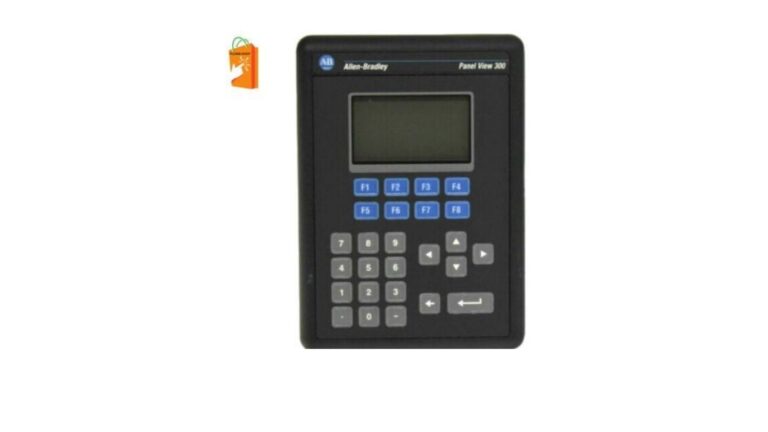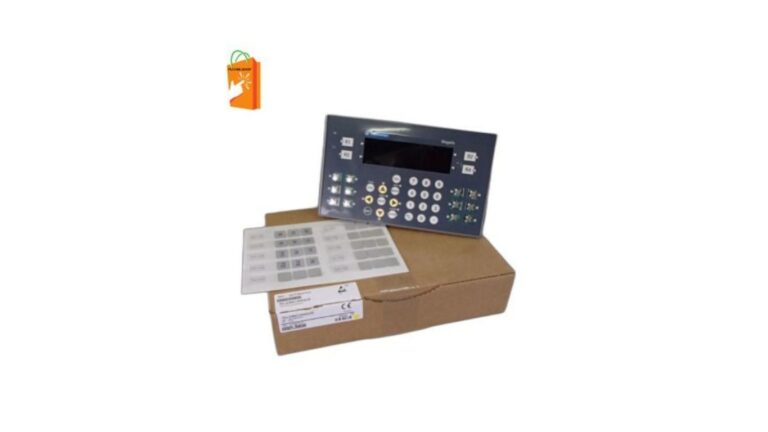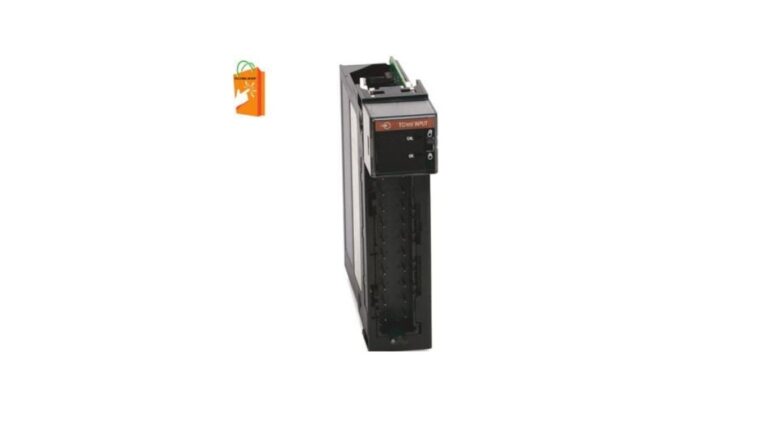What to Look for in a High-Performance Industrial Display
In today’s automated facilities, a reliable and intuitive industrial display is the nerve center of…
No products in the basket.
Your blog category

In today’s automated facilities, a reliable and intuitive industrial display is the nerve center of…
In today’s fast-moving industrial environments, the need for reliable and intelligent motor control has never…

Industrial facilities operate under conditions that push equipment to its limits. Extreme temperatures, constant vibration,…
Industrial operations increasingly rely on compact, intelligent interfaces that can withstand harsh conditions while delivering…

In modern manufacturing environments, efficiency depends heavily on how easily operators can interact with machines…
Industrial motor systems are exposed to significant electrical and mechanical stress during startup. Sudden inrush…
Programmable Logic Controllers (PLCs) are essential components of industrial automation, acting as the core systems…
Through industrial automation, manufacturing has come a long way. The leaps and bounds in speed,…

In modern industrial operations, maintaining accurate and stable temperature control is essential for safety, efficiency,…
The 6AV2124-0GC01-0AX0, commonly referred to as the KTP700 Basic PN, is a compact 7-inch human-machine…